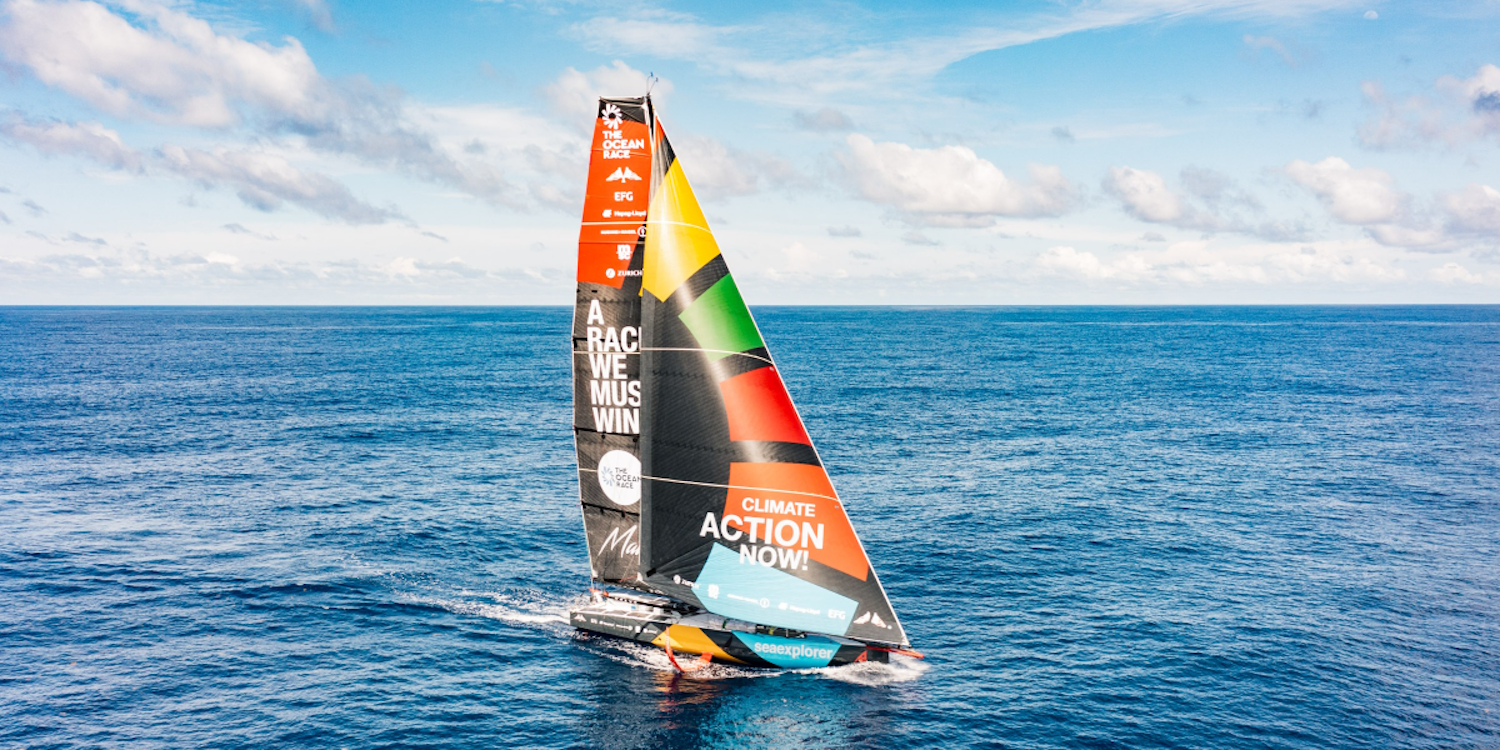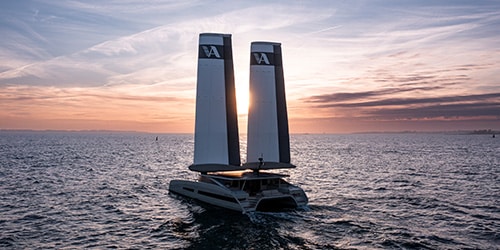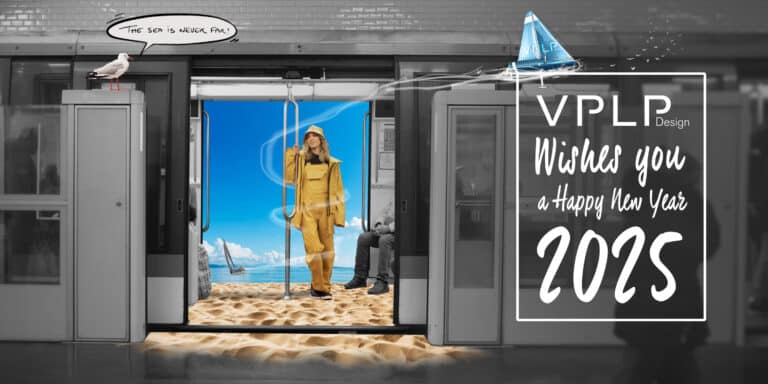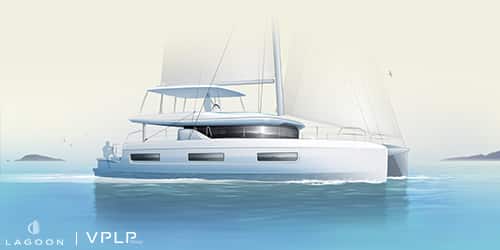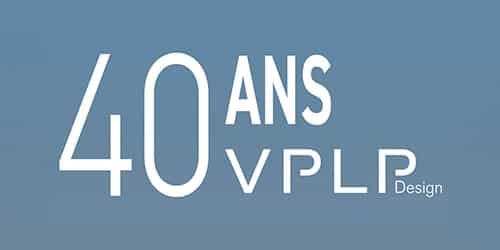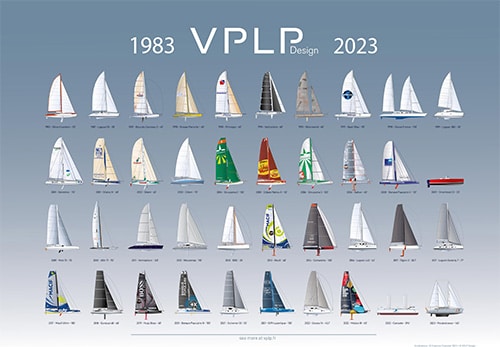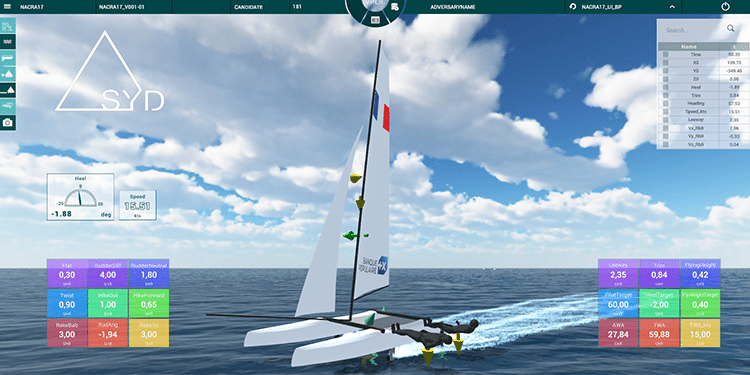QUENTIN LUCET: “THE MALIZIA CONCEPT IS VALIDATED”
After 35 days at sea, Team Malizia won the third leg of The Ocean Race , the longest ever in the crewed round the world race (12,750 miles). A great success for Boris Herrmann and his crew, which confirms VPLP Design in the innovative architectural choices that presided over the design of this new generation Imoca. Explanations with Quentin Lucet , associate architect of the agency, before the start, Sunday, of the fourth stage, between Itajai and Newport.
Quentin, you were in Cape Town before the start of this third leg, what state of mind was the crew of Malizia-Seaexplorer in before attacking the deep South?
Boris and the crew were quite happy with how the race went from Alicante, so they were confident in the boat, but a little question was going through the whole fleet about how the latest generation Imocas were going to behave. We had no answer before going to the southern seas and it was the longest leg ever offered by The Ocean Race. So there was a small part of the unknown .
For VPLP Design, it was also the hour of truth, right?
Completely ! The challenge was to know if we had managed to set up a project together with the right compromises and the right choices . All the thinking around the design and architecture of Malizia has been carried out so that the good performance in the breeze downwind and in rough seas does not degrade the potential at other speeds, in order to maintain a versatile boat.
Can you tell us more about this compromise?
At downwind VMG speeds, the hull is preponderant compared to the foils which are only a support, while on reaching and upwind, the appendages take the lead, providing most of the power, which allows take off earlier. Today, the right compromise, in our view, is to makea hull that works really well downwind , without being penalized at other points (see article below) .
“Comfort becomes a performance factor”
How did you experience this long stage from the office?
A few days after the start, the fairly major damage to the mast [tear in the masthead, editor’s note] was likely to stop the race. The question undoubtedly arose aboard Malizia . Once Boris and his crew managed to repair, the length of the stage proved lucky . Just over a week after the start, the fleet found itself on sight with a fresh start. And there, the conditions proved to be more characteristic of what happens in the South Seas. We were able to validate the concept , in particular by observing the videos shot by the drone on board. Apart from the images of Banque Populaire VIIIand Hugo Boss flown over during the Vendée Globe 2016, we had never really seen the Imocas from the outside in heavy seas. How the boat passes, does it stumble in the wave ahead, what are its attitudes dynamics… Finally, we were very happy, at VPLP, to see that the boat behaved as on our dynamic simulations .
With, as a result, performances visibly above the pack in strong downwind conditions, which notably enabled Malizia-Seaexplorer to take the lead and claim victory?
Yes, it’s very positive on that side, but what I especially remember from the stage is that comfort becomes a performance factor . The 2020 Vendée Globe showed that the skippers had never found the right rhythm in the South. These races are very long. If after 30 or 40 days, you only manage to exploit the platform’s potential at 70%, there’s no point in designing an engineer’s boat, the fastest on paper. Our naval architecture tools precisely quantify every performance factor, except for this aspect. SO,it’s a question of feeling, of exchange with the skipper, almost of philosophy . I think that today, at the stage of performance where the Imocas have reached, making the best possible boat by counting on the fact that the guy will adapt does not necessarily lead to victory in these races around the world. On the videos on board other boats, we can clearly see the phenomena of accelerations and decelerations which seem physically painful because they print brutal longitudinal movements. It seems that this is less the case on Malizia. And when we talk about comfort, there is another element to take into account, that of ergonomics. Boris insisted a lot on having a high freeboard and a cockpit in which he could stand up, we can see on the images on board how much the solution he adopted seems more livable and less tiring for the crew, compared to to other boats where sailors are more often on all fours or bent over.
“The boat never went into the red”
Beyond the videos, how do you follow the race, in terms of data in particular?
Assistance is prohibited on The Ocean Race, so it remains internal work, without discussion with the boat. In any case, it’s very difficult to measure the pure performance aspect, in particular because of the state of conservation of the equipment. Malizia , for example, lost a code zero at the start of the leg, then there was damage to the mast… On the other hand, we have direct access to all the effort data, both on the rigging and on the foils or the bottom of the hull. We do a debrief at the arrival of each stage to check that the composite has not been stressed more than expected and this allows us to guide the non-destructive ultrasonic tests which are then carried out during the stopover. What is very positive is that our structural design assumptions have been validated. The boat never went into the red .
Which means that there would be a way to make it lighter?
With the same configuration of appendages, we have no reason to do anything different. Moreover, on the future Imoca of Armel Tripon, which will be built in the same molds as Malizia , it is not on this side that we seek to gain mass. The evolution will be more on the deck plan and the cap, where we can reduce the development of material a little.
Halfway through the race, what do you remember from this first Ocean Race in an Imoca?
The results are very positive. There is of course this very fine victory in a historic stage which gives a lot of satisfaction to Boris and his crew, as well as to VPLP Design. The atmosphere on the Monday following the arrival at the office coffee machine was still quite nice!We weren’t sure about the concept before the start, and that’s what’s great about our job: every time we build a new boat, we write a new page in history and the race is the verdict. There, the concept is validated. The boats are generally solid and the systems reliable, they are exploited to their full potential with the 24 hour record which has been broken several times. The question, in view of the Vendée Globe, is now to know what percentage of these machines will be used by solo sailors? Will they afford to pull so hard? Will design differences generate stronger differences alone? We don’t have the answers yet.
